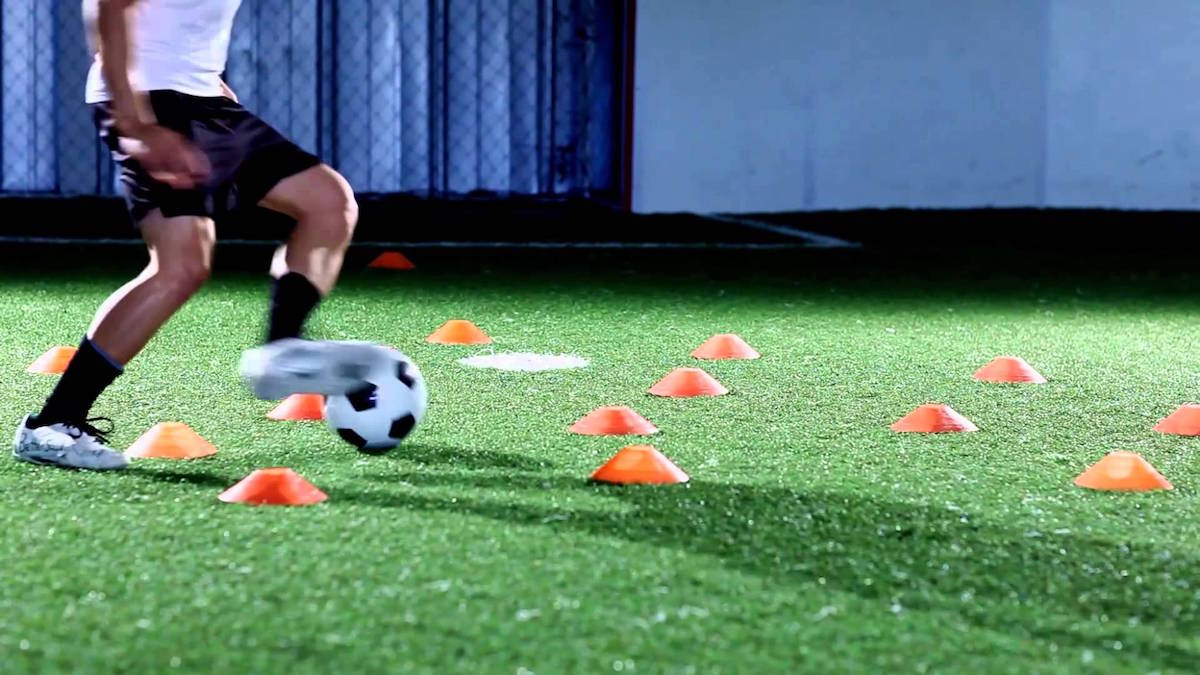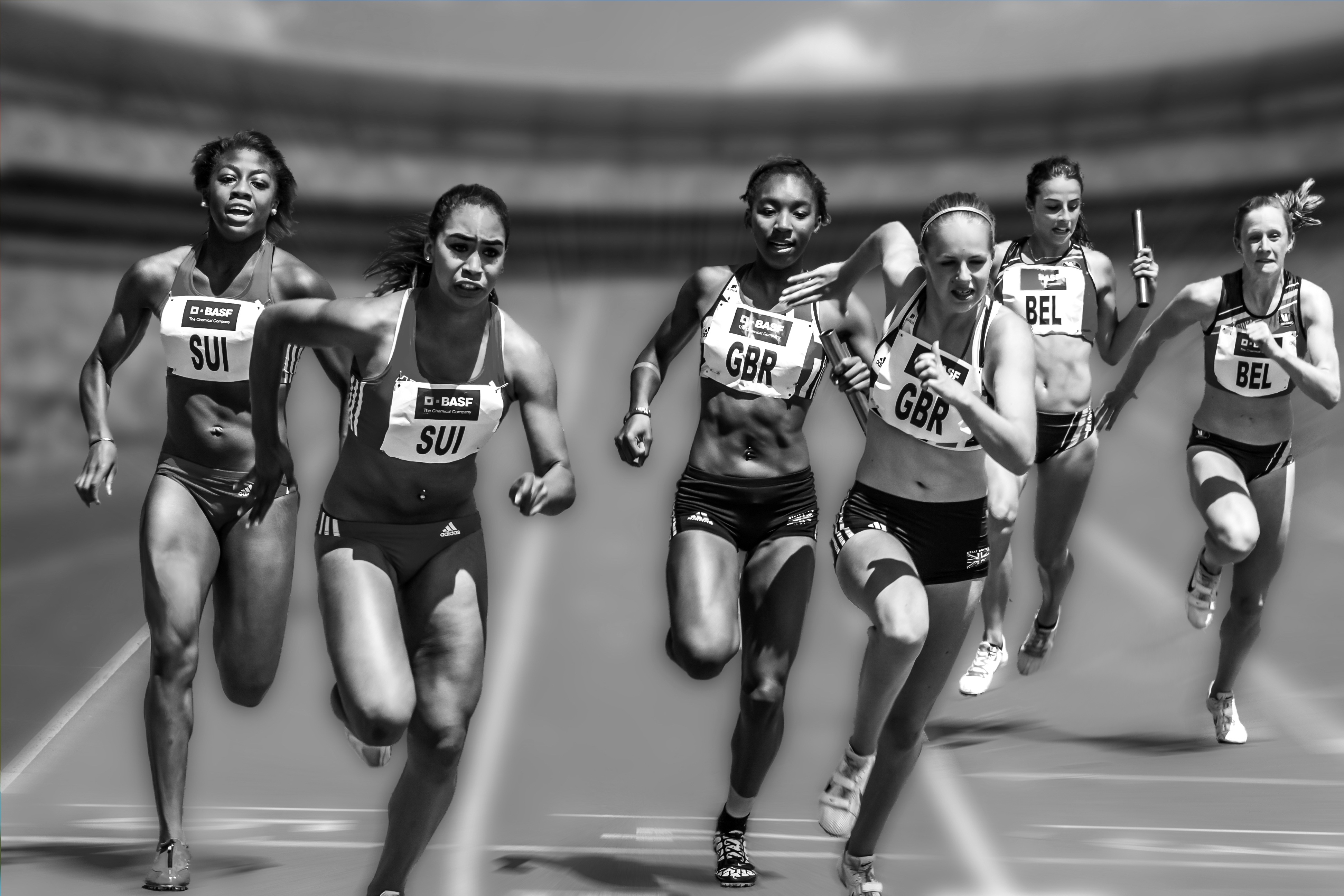The hamstrings and glutes are extremely important muscles for athletes, yet they are often overlooked since they are behind the athlete and not often seen in the mirror. The hamstrings are a two-joint muscle, they cross the knee and the hip. They function to flex the knee (i.e. bring the heel towards the hip) and they also function to extend the hip (i.e. drive the foot towards the ground). There are three muscles in the glutes, the maximus, the medius, and the minimus. The gluteus maximus extends the hip, adducts it, and can externally rotate the leg. The medius and minimus serve to abduct the hip and both externally and internally rotate the leg.
These muscles do several things that are important to an athlete:
• They exert force against the ground.
• They are frequently injured.
• They may contribute to other injuries.
• They are used extensively.
Exerting Force:
Fast sprinting is a combination of pushing and pulling. When sprinting, the heel is drawn up to the hip, the knee is lifted, then the foot is driven down using the hamstrings and glutes. As the foot contacts the ground, the athlete pulls himself/herself forward and repeats the cycle. The strength of the hamstrings and glutes will have an effect on the ability of an athlete to exert force against the ground and pull themselves forward during the sprinting motion.
Becoming Injured:
The hamstrings in particular are frequently injured during sprinting. This is thought to be from the nature of the sprinting motion itself. As the heel is brought up to the hip, the knee is lifted up and the heel begins to uncouple from the hip before it is driven down towards the ground. This uncoupling happens very quickly. As the heel is uncoupled from the hips, the hamstrings are thought to act as a brake on the heel (this keeps your knee from hyperextending every time you sprint). This “braking” is an eccentric contraction. It’s thought to be this “braking” that causes many of the injuries experienced by athletes while sprinting. This goes to reinforce the need to make the hamstrings stronger (i.e. strong hamstrings help with improving performance and preventing hamstring strains).
Contributing to Injuries:
Both the glutes and the hamstrings are thought to have a role in other injuries. For example, the gluteus medius is thought to contribute to patellofemoral pain, possibly by causing some type of rotation at the hip that loads the knee inappropriately. The hamstrings are also thought to be important for preventing non-contact ACL injuries. A lack of hamstring strength could lead to valgus landing mechanics (i.e. knock kneed), which could increase an athlete’s risks of an ACL tear.
Being Used Extensively:
The hamstrings and glutes are used extensively in sports. Most sports have an athletic ready position in common. In this position, the athlete pushes their hips back and flexes their knees. This position lowers the center of gravity and allows the athlete to react to different situations. Getting out of this position explosively requires strong glutes and hamstrings.
The next two blogs will cover some simple but effective workouts to train these muscles.
Revised September 9, 2024




